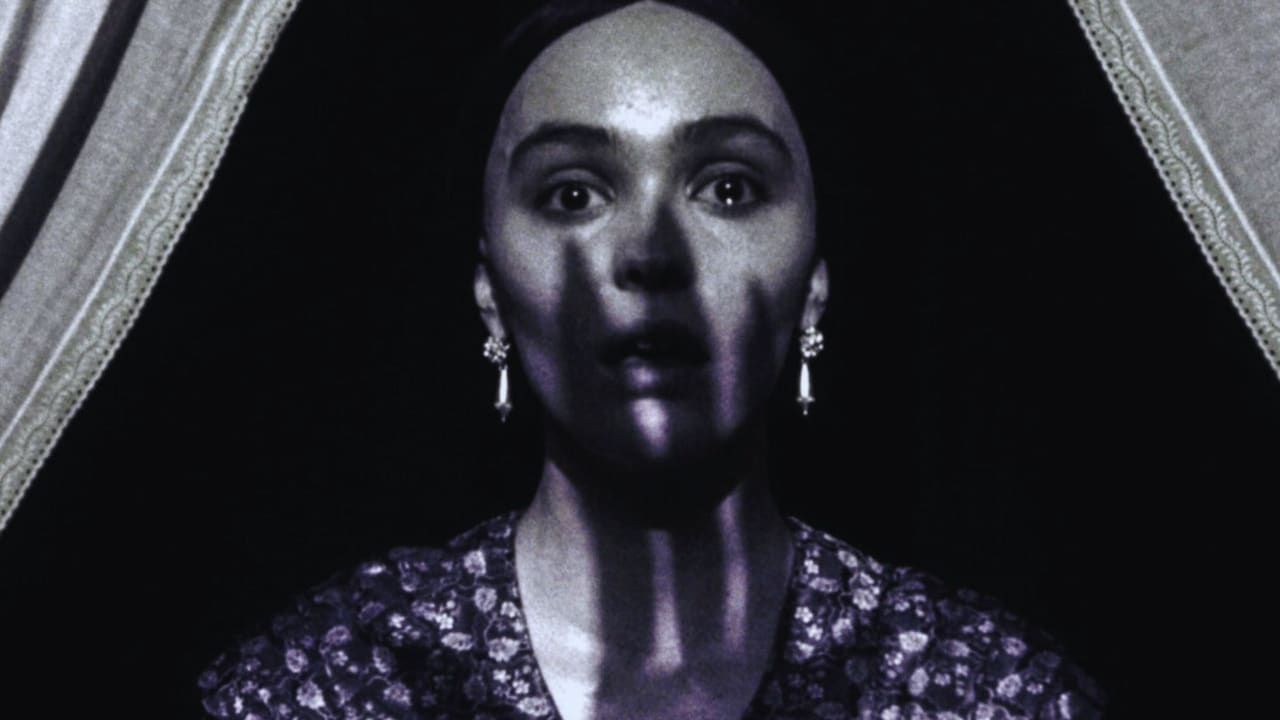Breaking Ground in Horror: Nosferatu’s Revolutionary Take on Count Orlok Stuns Critics and Audiences Alike
In a bold reimagining of the classic vampire tale, Robert Eggers’ highly anticipated “Nosferatu” (2024) is making waves in the horror genre, with first reactions calling it a “knockout” that “goes harder than any other horror film this year.” The film has finally emerged from its coffin, revealing a fresh take on one of cinema’s most iconic vampires.
Bill Skarsgård’s portrayal of Count Orlok breaks new ground in vampire mythology, with Eggers taking a dramatically different approach from previous Dracula-inspired films. “This Orlok is more of a folk vampire than any other film version,” Eggers explains. “He’s a dead person, and he’s not trying to look good while being dead.”
What sets this version apart is its historical accuracy. For the first time in vampire cinema, Count Orlok appears as an authentic dead Transylvanian nobleman, down to the smallest details of his costume. “Every single thing he’s wearing, down to the heels on his shoes, is what he would’ve worn. Eggers proudly notes that this has never happened before.
The film stars Lily-Rose Depp as Ellen, a young woman who becomes the target of the terrifying vampire’s obsession. Early reactions praise Depp’s performance as “haunting,” with some critics even suggesting she could be in contention for award consideration in the supporting actress category.
The stellar supporting cast includes:
- Nicholas Hoult
- Aaron Taylor-Johnson
- Emma Corrin
- Ralph Ineson
- Simon McBurney
- Willem Dafoe
Critical Reception
Industry experts are raving about the film’s craftsmanship. Variety’s senior awards editor Clayton Davis describes it as “gorgeous and horrifically brilliant.” The film’s technical achievements are particularly noteworthy, with The Playlist’s Gregory Ellwood marking it as a “major below-the-line player” in upcoming awards seasons.
Nosferatu’s marketing strategy has been particularly clever, drawing inspiration from recent horror success stories. Like “Longlegs” earlier this year, which built anticipation around Nicolas Cage’s transformation, Nosferatu has kept Count Orlok’s appearance largely hidden from marketing materials. This decision seems to be paying off, building significant buzz around the reveal.
A Fresh Take on Horror
Eggers, known for his unique visual style in films like “The Witch” (2015), “The Lighthouse” (2019), and “The Northman” (2022), brings his distinctive touch to this vampire tale. Rather than following the sexy vampire trend popularized by “Twilight” or the bat-like monster seen in “The Last Voyage of the Demeter,” Eggers opts for a more grounded, folkloric approach.
The director’s passion for the source material is evident. Speaking about the 1922 original, Eggers shared, “It was an indie horror in its day, a bit rough around the edges, yet it’s one of the greatest and most haunting films ever made.”
Critics are particularly impressed with the film’s atmosphere of dread and tension. One memorable warning comes from Los Angeles Film Critics Association member Courtney Howard, who notes, “If you’re not afraid of rats before seeing this movie, you will be now.”
Looking Ahead
As “Nosferatu” prepares for its wider release, it’s clear that Eggers has created something special. By combining historical accuracy with psychological horror and outstanding technical craftsmanship, the film appears poised to become a new benchmark in vampire cinema.
The gradual reveal of Count Orlok’s appearance adds to the film’s mystique, with Eggers explaining, “If you invite someone to your castle and you don’t want them to know that you’re dead, you’re trying to be hidden.”
This thoughtful approach to horror storytelling suggests that “Nosferatu” might be exactly what the genre needs—a return to carefully crafted terror that relies more on atmosphere and psychological dread than jump scares and special effects.
